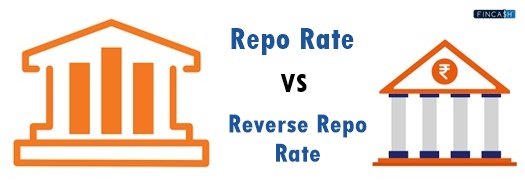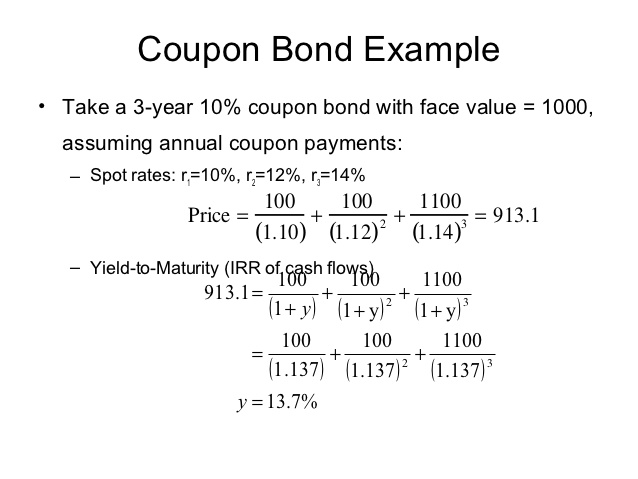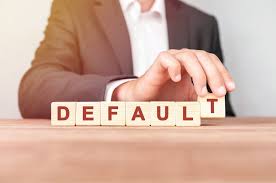Default Rate
What is the Default Rate?
The Default rate is refers to the percentage of outstanding loans that a lender has written as unpaid after several months of missing payments. Also known as the penalty rate, it denotes the higher interest rate that will be imposed on a borrower who misses out on regular loan payments.

Typically, an individual loan is declared as default if the payment is pending for 270 days. Generally, defaulted loans are written off from the financial statements of an issuer and are transferred to the agency responsible for collection.
The default rate of banks for loans, along with additional indicators, like customer confidence index, unemployment rate, Inflation rate, stock Market returns, personal Bankruptcy filing and more are used to indicate the overall level of the economic health.
Explaining the Default Rate
Default rates are an essential statistical measure that lenders use to comprehend their risk exposure. In case a Bank has a high default rate in the loan Portfolio, they might be compelled to re-evaluate their lending procedures to decrease credit risk, which is a possibility of a loss that results from the failed capacity of a borrower to repay the loan or to meet his contractual responsibilities.
Furthermore, economists also use the default rate to assess the overall Economy’s health. On top of that, credit reporting agencies consistently come up with several indexes that help economists and lenders keep an eye on movements in the default rate level for several types of loans, such as consumer credit card, car loans, home mortgages, and more.
Although such indexes are known as the Standard & Poor’s (S&P)/ Experian Consumer Credit Default Indexes; however, individually, their names differ accordingly. Out of all the indexes, the S&P/ Experian Consumer Credit Default Composite Index is the most extensive one as it comprises data on bank credit cards, auto loans, and mortgages.
Talk to our investment specialist
As of January 2020, the current default rate was reported by this agency at 1.02%, which is the highest in the last five years. Generally, the credit cards provided by banks tend to work with the highest default rate, which also gets reflected in the S&P/ Experian Bankcard Default Index. As of January 2020, this rate was 3.28%.
All efforts have been made to ensure the information provided here is accurate. However, no guarantees are made regarding correctness of data. Please verify with scheme information document before making any investment.












